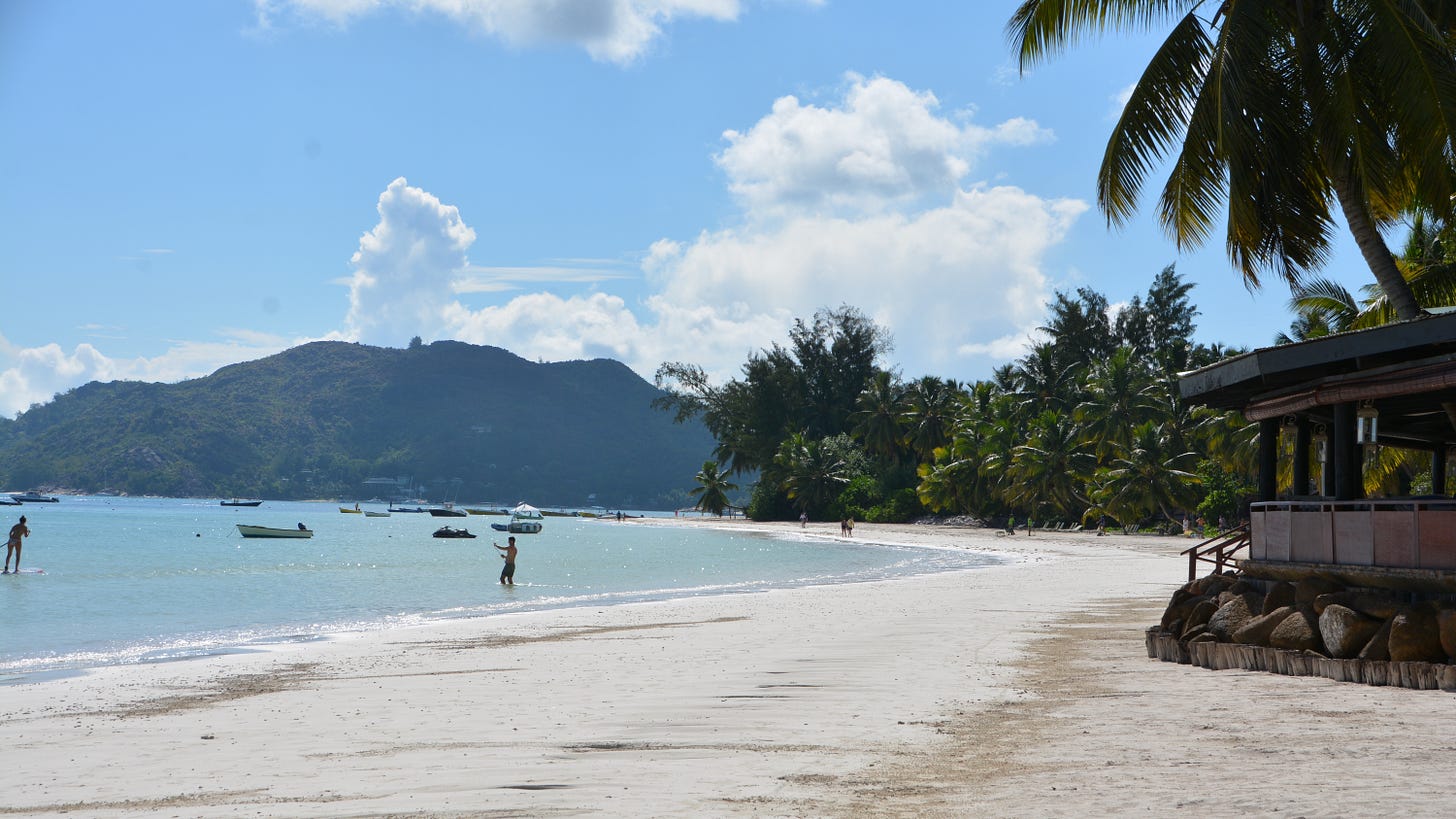Chinese Aviation Gambits - The Port Moresby Two-Step
A Chinese-financed airline & airport initiative in Papua New Guinea would restructure Pacific aviation
The belt and road initiative is arguably the most important element of economic affairs in the world today. Chinese General Secretary Xi Jinping launched the programme in 2013 during a visit to Kazakhstan and since then it has agreed to help more than 140 countries build their infrastructure – everything from ports to skyscrapers and bridges to power st…



